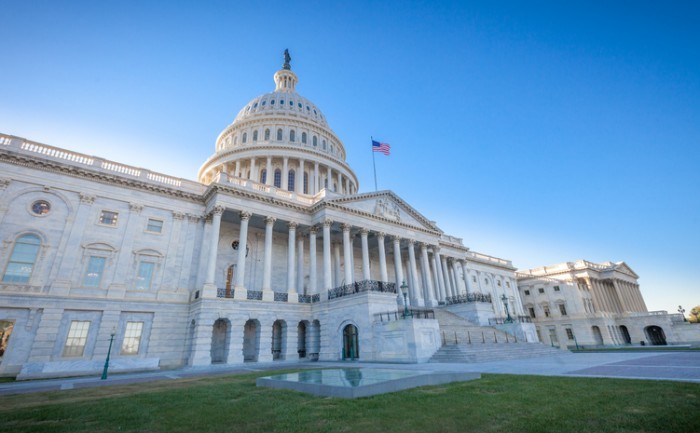House Reps Address Physician Shortage in Medicare Residency Bill
A bill proposes to alleviate the physician shortage by upping Medicare-funded residency positions by 15,000 openings.

Source: Thinkstock
- House representatives Joseph Crowley (D-NY) and Ryan Costello (R-PA) recently introduced legislation that aims to resolve physician shortage challenges by adding more Medicare-funded residency positions.
A summary of the Resident Physician Shortage Reduction Act (via AHA News Now) stated that the federal government would create 15,000 new Medicare-funded residencies. The additional positions would first be distributed to teaching hospitals that are already training residents beyond their maximum capacity, hospitals in states with recently opened medical schools, and hospitals that highlight physician training in community-based or outpatient settings.
The proposed act also designated at least one-half of the residency positions for specialty residency programs experiencing shortages.
Representatives Crowley and Costello intended for the legislation to alleviate looming physician shortage issues. The Association of American Medical Colleges (AAMC) recently reported that the physician shortage may grow to up to 104,900 providers by 2030.
The provider shortfall estimate increased from a projected shortage of up to 90,000 providers by 2025.
The AAMC noted that all provider types may face a potential physician shortage challenge. The organization predicted the primary care space to fall short by 7,300 to 43,100 providers by 2030 and specialty medicine could face a 33,500 to 61,800 physician shortage by the same time.
The Resident Physician Shortage Reduction Act would work to resolve physician shortage challenges by increasing the number of residencies Medicare helps to fund. Medicare currently financially supports teaching hospitals and medical schools for a portion of the cost of educating future physicians, but the Balanced Budget of Act of 1997 imposed maximum funding limits on the hospitals.
With limited Medicare funding, some teaching hospitals and medical schools could not increase the number of residency positions available.
Representative Crowley first introduced the act in 2009, but the bill has not yet received Congressional approval. Despite this, the House representative has not backed down.
“Completing a residency in a chosen specialty is required to become a licensed doctor, yet each year, more and more qualified medical school graduates find that there are no residency positions available for them,” he said in 2015. “This bottleneck means that no matter how many qualified, talented would-be doctors graduate medical school, many will legally be unable to complete their training and go on to care for patients.”
The American Hospital Association (AHA) voiced their support for the legislation, stating that it would “responsibility address the nation’s urgent need for additional physicians.”
The healthcare industry group also commended the House representatives for calling on the Government Accountability Office in the act to develop strategies for diversifying the healthcare workforce.
“The AHA is firmly committed to ensuring that hospitals’ staff and governance reflect the communities they serve, and your bill would help make progress toward that worthy goal,” the group stated.
The Hospital and Health System Association of Pennsylvania (HAP) also backed the Resident Physician Shortage Bill shortly after it was introduced.
“As hospitals across the commonwealth work to meet their patients' rapidly-changing needs, many facilities are experiencing physician shortages,” said Andy Carter, HAP’s President and CEO. “These vital needs are especially dire in rural areas, where recruiting can be more difficult.”
The legislation is currently being reviewed by the House Ways and Means Committee as well as the Energy and Commerce Committee.
